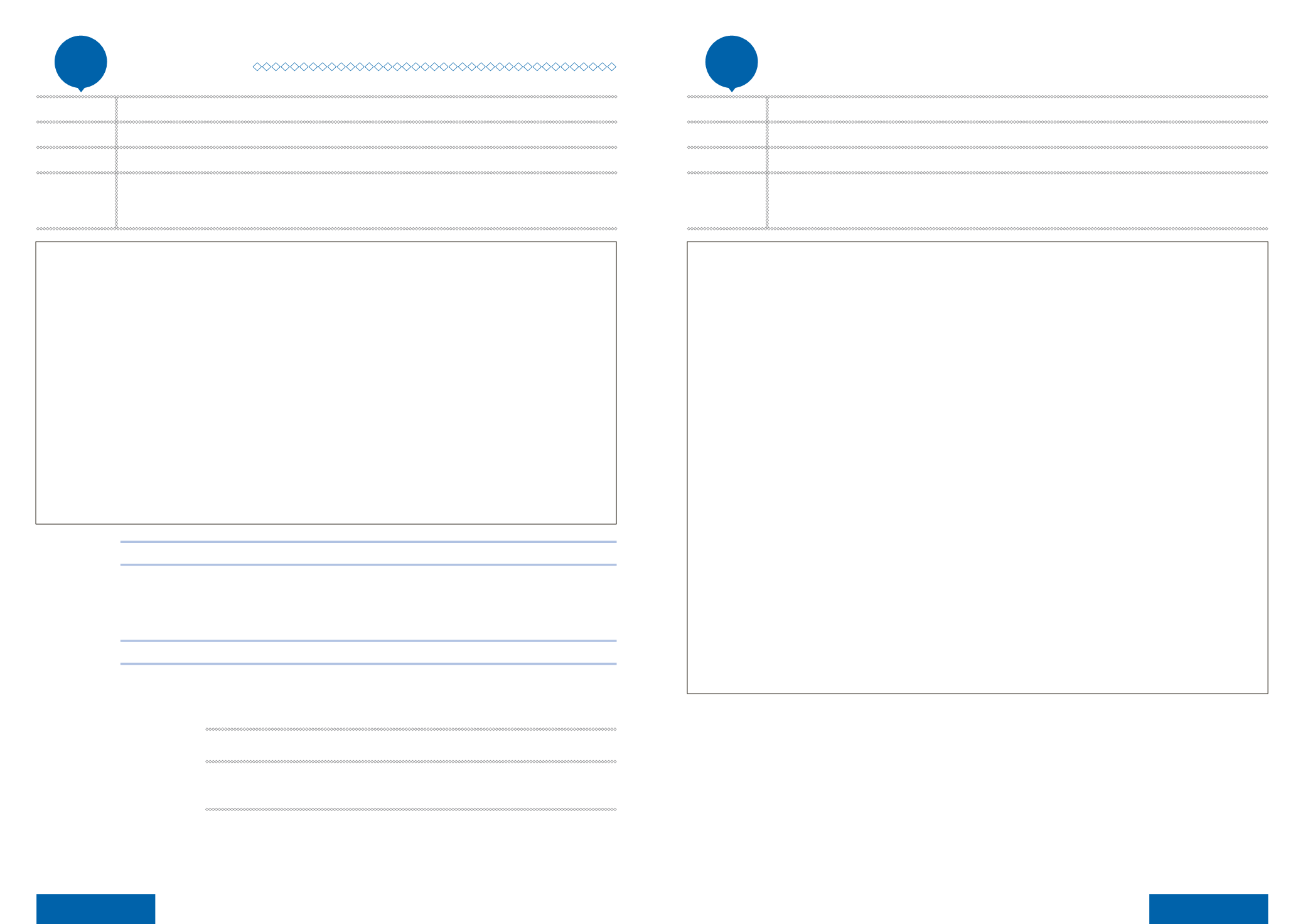
49
|
48
|
Toolkit for Competition
Advocacy in ASEAN
Toolkit for Competition
Advocacy in ASEAN
Press release
6
Purpose:
To proactively release information to the media.
When to use it:
Major announcements, events, newsworthy information.
Setting:
Day-to-day.
Facilities and
materials:
Necessary source information:
• key message framework;
• direction from CA management;
• attributable quotation;
• authorised approval (communications department);
• media contact list.
Department Logo
FOR IMMEDIATE RELEASE
(Insert date)
THE TITLE OF THE PRESS RELEASE
- e n d s -
Name of capital: Today (****, 2016 ), The first sentence should be 15 – 20 words and should sum up what the
press release is about. The first paragraph should be no more than two sentences.
The second paragraph often is the official comment from organisational leadership. For example, Commenting on
this significant development, (insert name) said:
“We have set ourselves robust competition policies and laws, as our government is committed to
creating a competition culture to promote fair trading and economic growth in Laos..” The quote
can be one or two sentences and should be indented so it stands out more.
The remaining paragraphs should give more detail and facts relating to the story, enabling journalists to write a
more engaging story and for the public to be better informed about what is being reported.
This is standard non-time sensitive information that is included in every press release.
For example historical information, facts and figures, e.g. number of staff, mandate of department
(decree/law references).
These are any special instructions, administrative or general information for the news organisations
receiving the press release, e.g. details of any images available, instructions for interview bids, time of
an event related to the story. For example:
Name; designation; mobile tel; e-mail
♦
Insert Boiler plate
♦
Insert Notes to Editors (optional)
• Insert your website and social media accounts here
• For further information and interview bids, please contact:
FAQs
7
Purpose:
To add more information and arguments to key thematic messages (e.g. by “hot topic”).
When to use it:
Major announcements, events, newsworthy information.
Setting:
Day-to-day.
Facilities and
materials:
Necessary source information:
• key message framework;
• direction from CA management.
Example of a “hot topic” on exemptions of competition laws to State-Owned Enterprises (SOEs), with
illustrative answers:
Q1:
SOEs are created to support government policies and are therefore closely associated with the
state. Why do they need to be subject to the competition law?
A1:
SOEs may present competition concerns in an open market if they are competing with
private businesses offering the same product or services.
SOEs can also harm competition and consumer interests in the same way as a private
enterprise and must therefore operate under the same legal framework. The competition
law addresses behaviour in the market, and if an SOE behaves in an anti-competitive
manner, it must be subject to the law, unless it has been specifically exempted by the law.
Q2:
Under what circumstances are SOEs exempt from competition law?
A2:
…
Q3:
What is defined as anti-competitive behaviour?
A3:
…
Q4:
How do Competition Commissions monitor and act upon anti-competitive behaviour with SOEs?
A4:
…


